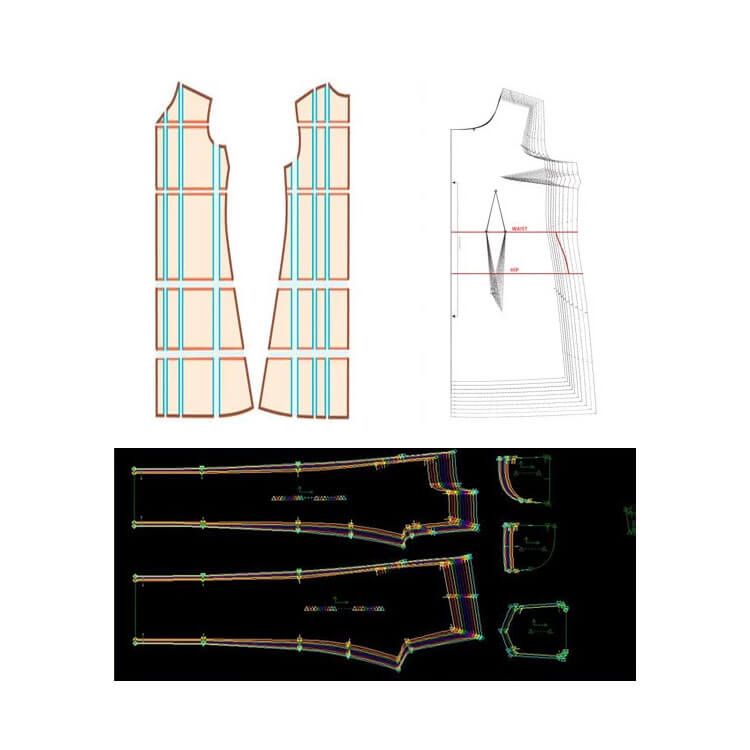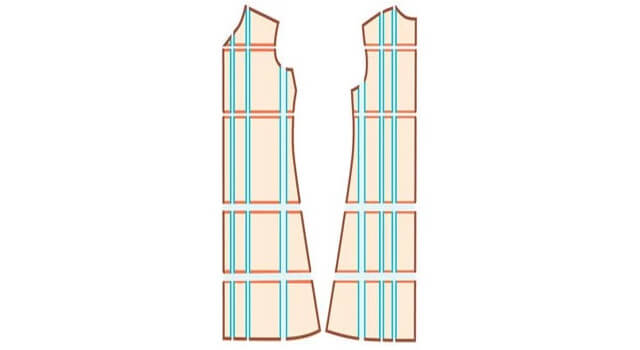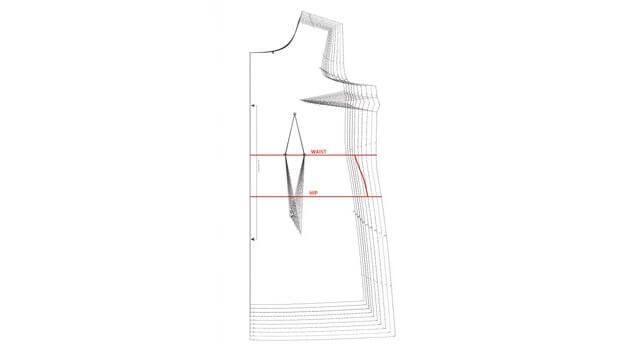Three Pattern Grading Methods
- By Jen
Pattern grading is an essential skill to know when making a pattern. The patterns I’ve been making for DIY apparel projects are uploaded with each tutorial on the blog for viewers to download and print at home. The patterns I’ve created are usually medium size (size 8-10). Because not everyone is a size 8 or 10, I’ve decided to break down the three methods of pattern grading. With these methods you can grade a pattern up or down for a size that fits you.
Try it out with these fashion how to's.
Cache time: 8:57:13 PM




